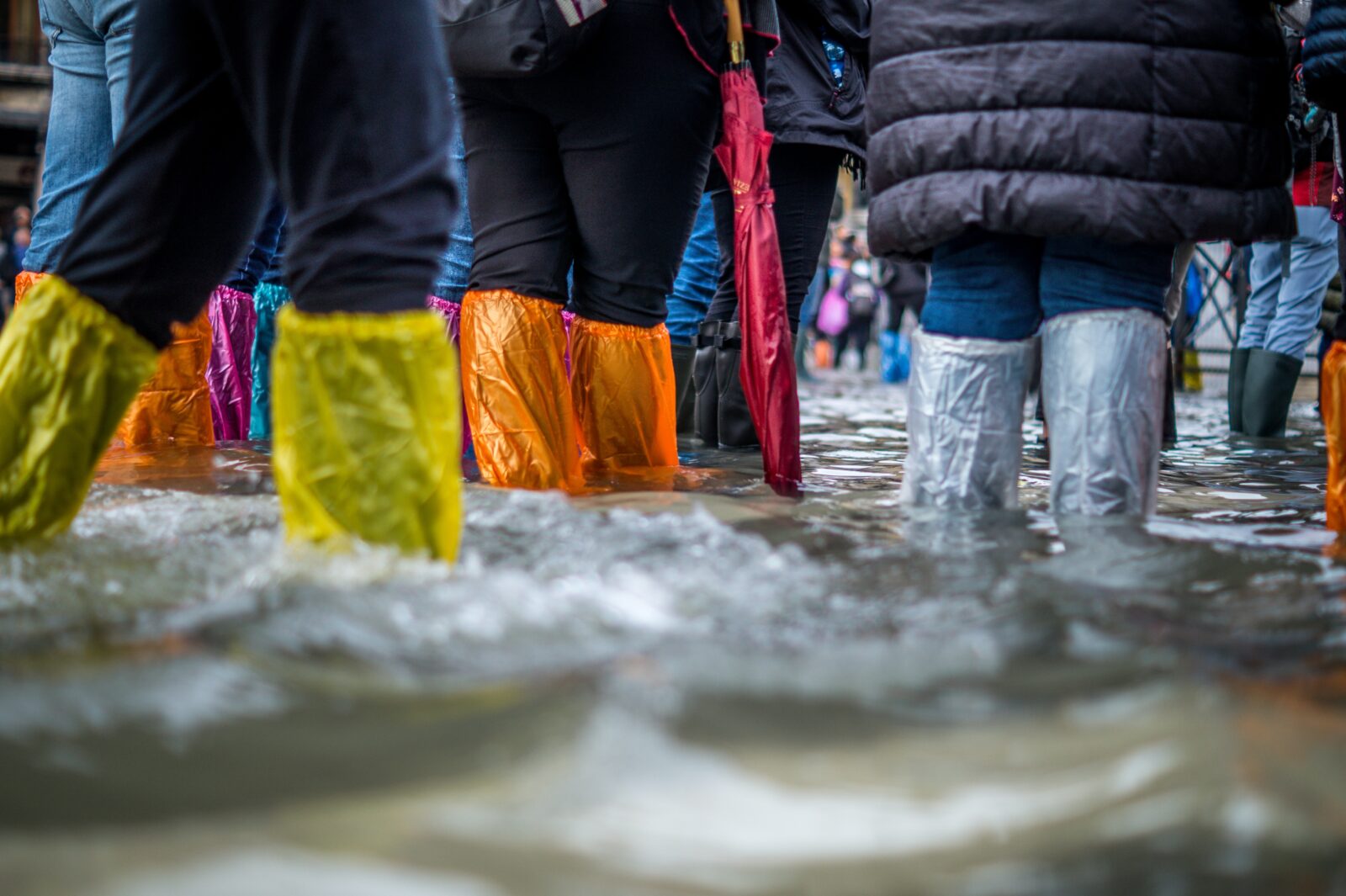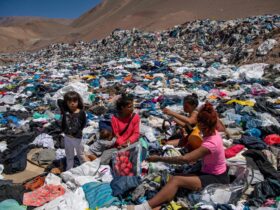Last summer, Italy’s Po river dried up, with some of the lowest water levels recorded in the country’s history due to its 2022 drought and record high summer temperatures. However, less than a year later, the same river overflowed: heavy floods brought 350 million cubic meters of rainfall to the country in four days.
In May 2023, this acute rainfall caused severe flooding in Italy’s northern region of Emilia Romagna. What began with reports of incoming bad weather concluded with flooding that impacted 50 municipalities, displaced over 30,000 people and caused damages nearing billions of dollars in the agricultural and infrastructure sectors.
The flooding marked one of the worst environmental emergencies for the region since an earthquake in 2012. However, to understand the nature of the event and how the government is handling its aftermath, it is first important to gain a better picture of the conditions and consequences that defined Emilia Romagna’s dark summer season.
The Flooding – Causes and Aggravating Variables
Starting May 1, Emilia Romagna saw rainfall in the provinces of Bologna, Ravenna and Forlì-Cesena. After an impending storm warning coming in from the Mediterranean, the region reported 200 millimeters of rainfall in 24 hours, equaling over two standard months of rainfall in a single day. In response, Italian Prime Minister Georgia Meloni declared a state of emergency.
The situation was exacerbated further by the soil’s inability to retain water. The 2022 droughts slowed the soil’s capacity to absorb water, worsening the severity of May’s massive water inputs. Additionally, terrain in the impacted areas was unable to drain, because two weeks later, the regions saw renewed, heavier rainfall totaling 300 millimeters. These conditions made it almost impossible to counteract the rising water volumes. In many areas, it was reported that torrent water levels rose as much as 20 meters, making it extremely difficult for city officials and individuals to properly react in time.
Furthermore, Emilia’s geographic makeup is composed of hundreds of narrow waterways and many counties in the region of Romagna specifically do not have extended detention ponds as sources for helping barrier rainfall residue.
Since the flooding, the regional government has been heavily criticized due to reports that it was provided national funds between 2015-2022 to invest in the development of these mechanisms, but approximately half of the projects were still in development or not operational at the time of the flooding. This discovery increased conversation over preparation protocols for environmental emergencies, particularly regarding improved canal maintenance and cleaning on the part of city officials.
Additionally, the severity of the May rainfalls has been linked to climate change. The University of Padova released a summary study explaining that climate change has increased temperatures and changed the circulation patterns in the Mediterranean region, affecting the predominance of rainfall in Western Europe.
As such, Emilia Romagna’s flooding demonstrates that lack of government planning and infrastructure, when brought into contact with drought and climate change concerns, amplified the floods’ severity.
Damages, Response and Current Developments
The flooding left many cities, such as the town of Conselice, vastly underwater for weeks. It has been estimated that infrastructure damage to houses and public buildings is near 8 billion dollars. However, causing alarm is also the floods’ effects to the region’s agricultural landscape. Emilia Romagna produces over 20% of Italy’s vegetables, but since the flood some of the region’s largest agricultural produce companies are facing years of losses and rebuilding programs.
The regional government has estimated that 21,000 agriculture enterprises have been impacted, covering 45% of Emilia Romagna’s agricultural area. Furthermore, studies are still underway to determine the geographic effect on the soil itself. The heavy water levels have largely destroyed the soil structure, particularly the porous part of the terrain in charge of circulating air through the root systems, causing many fruit and wheat plots to die of an asphyxiated environment.
After the summer months, the situation has improved, with water levels removed. However, Italy is now faced with the challenging aftermath of dealing with clean-up efforts and public health consequences.
In many cities, the government issued health advisories and sent mandatory tetanus vaccinations due to sewage systems overflowing and contaminated waterways increasing the risk of infections and bacterial exposure. Nearing the beginning of the summer season, many of Romagna’s tourist beach areas, better known as “lidi,” have also prohibited bathability, impacting the tourism industry.
Yet, since the flooding, the region has reported expressive displays of solidarity from citizens and the general public. Echoing back to Florence’s flooding incidents in the 1960s, Romagna saw the arrival of “angeli del fango” or “‘mud angels,” a group of volunteers that helped organize the impacted areas to shuttle out waste, as well as aiding individuals in saving residences and personal appliances. The flooding led to mass public support, with some of Italy’s biggest names in the music industry organizing a benefit concert June 24 in conjunction with the culture ministry to raise money for the region.
Next Steps and Continuity
The more pressing question has become how the government will work at supporting citizens and mitigating the public infrastructure damages. Italy’s population at large does not own extensive insurance coverage. Citizens vastly rely on public government services in exchange for tax payments. Flooding left thousands of people displaced, most of whom do not have any insurance covering their properties in the case of environmental disasters. Worry stems over how Italy’s already largely indebted government will now meet rising pressures to distribute emergency checks to citizens who have lost everything. Italy announced the regional government of Emilia Romagna has been provided an 8 million euro fund, 5,000 per family, for urgent intervention for citizens reporting damages. Furthermore, the government announced on Sept. 25, that beginning Nov. 15 the platform “Sfinge,” used in the past to organize restoration efforts, will be made available for affected businesses and individuals to request compensation. However, criticism over past government aid has laid at the foundation of its bureaucratic steps, which delayed fund distribution and projects for years.
The flooding marked for Emilia Romangna one of the worst environmental emergencies in decades. However, it served as a powerful reminder to remember the upcoming consequences of climate change in tandem with the vitality of well-maintained government services and protocols. The true test will emerge as reconstruction begins and plans come to light over how Emilia Romagna will work to rebuild its agricultural, infrastructure and residential environment. Taking lessons from this flood will be crucial, particularly because the Higher Institute for Environmental Protection and Research (ISPRA) reported Emilia Romagna stands at a much greater flood risk than the rest of the country due to its plains and lowlands, with climate change looming in the horizon.







